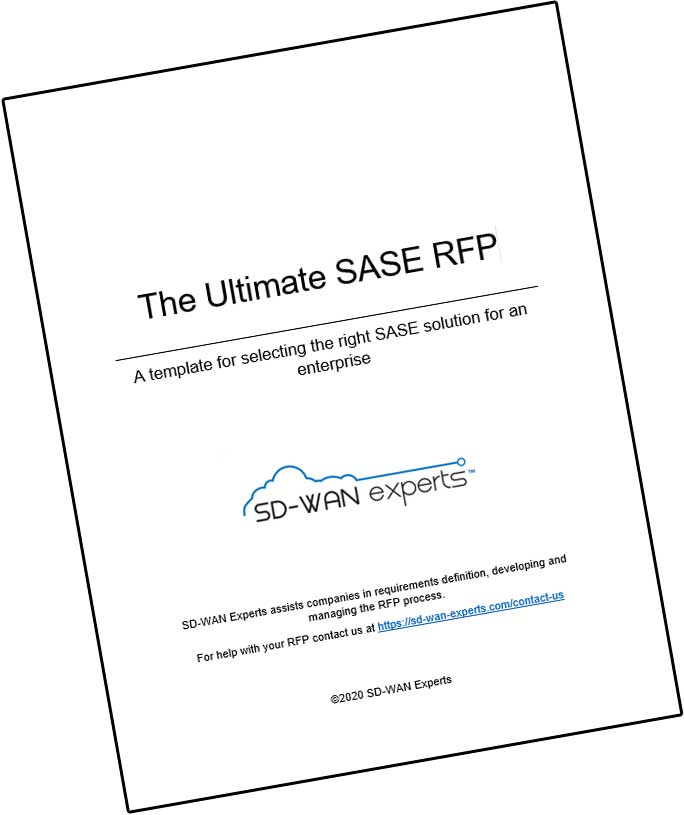The annual NY meeting of the Open Network User Group (ONUG) has just ended, with over 1000 attendees from major enterprises in attendance. I had the honor of presenting research results about the internet CORE, which discussed my empirical research of the variance of internet latency between different paths around the world. You can view my keynote presentation and slides here.
When planning SD-WAN deployments, it is vital to understand your application requirements and the internet latency variances, if you are planning to use the internet for your enterprise backbone. While average latency between two paths might be 60ms, as an example, if the latency rises to 120ms, will your applications perform as required? If yes, then using only the internet will meet your requirements. But what if the path latency is 120ms and rises to 240ms?
One exhibitor at ONUG was demonstrating the benefits of using an SD-CORE. Mode, based in San Francisco, was demonstrating live video streaming from a server in Singapore, with A/B comparisons over the internet core and their managed SD-CORE, which is accessed through an IPSec VPN to a POP nearby. The video over their SD-CORE was flawless, while the video over the internet core has the expected hit-or-miss quality, freeze frames and other issues.
Their demo reinforced the fact that there will often be sites on a global WAN that will need a high performance network, such as MPLS or SD-CORE, to assure the performance required for some applications. You can read more here. Or learn about vendors that can address the middle mile.
Most enterprises will benefit from the experience of SASE Experts to perform the analysis required to assure that your SD-WAN performs as it should, right from the start. You really can eliminate high MPLS costs if you take the proper analytical steps and use SD-CORE at the appropriate locations.
To learn more about how we can engineers a high performance SD-WAN for your enterprise, contact us at 212-203-7310 x 150 or use the form at the bottom of this page.



